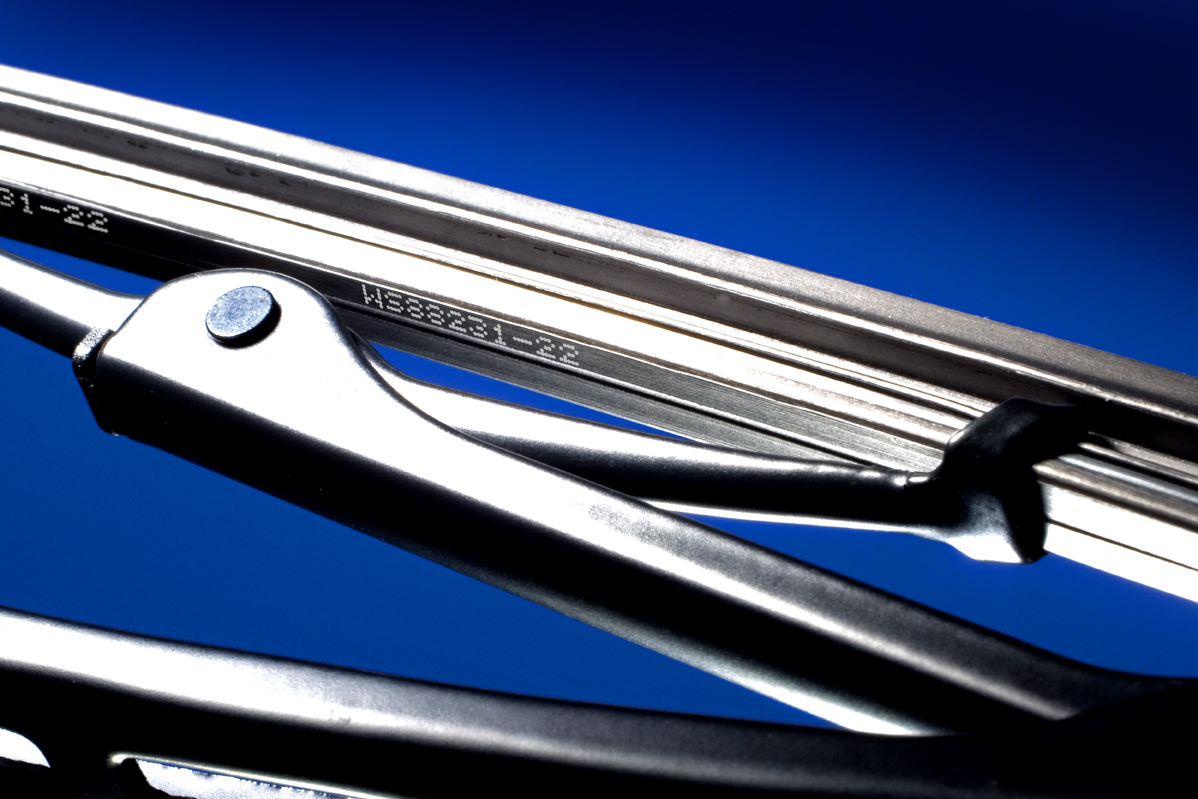Choosing the best automotive component coding solution
Choosing the right coding solution is not easy. No two applications are exactly the same and the following are all factors to be considered when deciding which coding solution to choose:
- Code content – will increased code complexity such as additional lines of print, or printing in different orientations be supported by the printer you choose, or will you need to purchase another printer?
- Substrate – consider the range of materials you need to code onto. Ensure that you have each of these sample-coded by the printers you are considering. Is the code legible? Also consider the range of colours of the materials you want to code onto: could one coding solution be suitable for all?
- Line speed – will the coding solution keep up with your line speeds? Will the print be compromised if it cannot? Do you need to code across multi-lane production lines now, or will you need this capability in the future?
- Factory environment – if your coding environment is hot and dusty, for example, ensure that your solution has the right IP rating and features to perform reliably
- Available budget – not just the initial purchase price, but consider the overall cost of ownership and factor in reliability; by compromising on price you may pay more with unexpected breakdowns. Is leasing a better option, as a revenue rather than capital cost? During peaks in production, will rental give you flexibility to meet coding demands?
- Testing – will your coding and marking provider offer a free trial? You need to be sure the machine is capable of meeting the demands you will put on it
Linx’s own Voice of Customer research in 2014 suggests that the key driver behind coding purchases in the vehicle components industry is the no-compromise demand for effective codes for traceability. Coupled with that is the need for coding and marking equipment to work reliably. These factors, and others, are often inter-connected.

